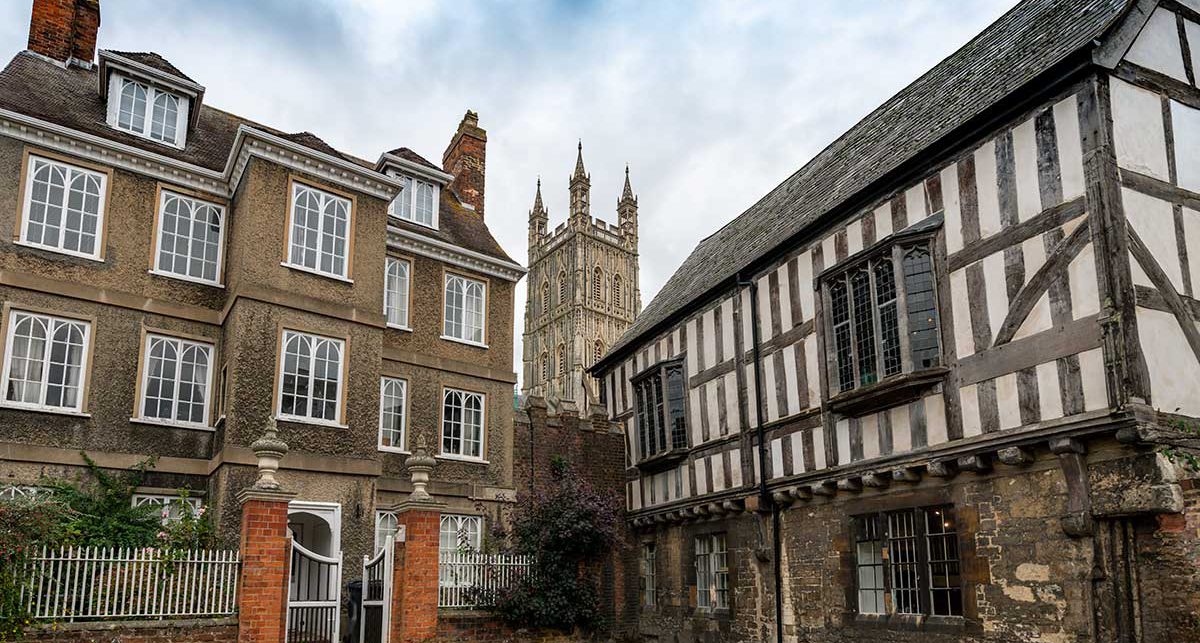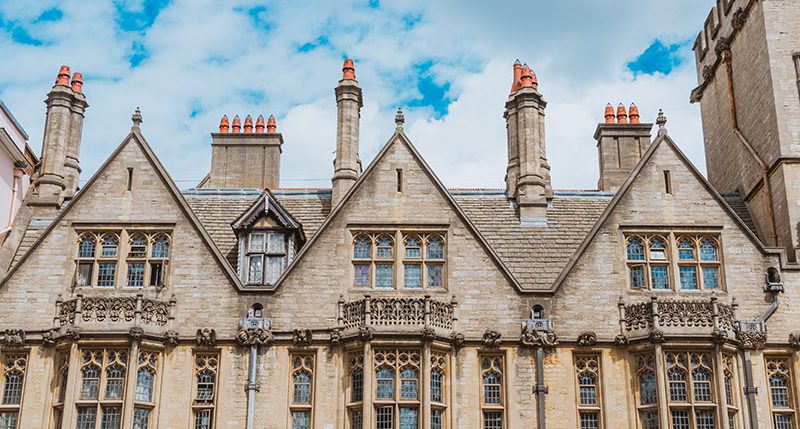
News
What can we expect from the 2024 Autumn Budget?
14th October 2024
21st June 2024
In early February 2024, the UK government announced that the country has become the first major economy to achieve a 50% reduction in emissions between 1990 and 2022. This milestone is underpinned by a substantial increase in renewables, now contributing over 40% to the UK's electricity supply. While this is certainly an achievement to celebrate, there are still hurdles to be faced by various sectors on their journey toward net zero. Property developers in particular must make many considerations when adapting historic buildings for a green tomorrow.

Approximately 15% of the UK’s 30 million homes pre-date 1919, presenting a unique challenge for introducing modern energy efficiency measures. This includes characterful Edwardian, Victorian, Georgian, and older homes, often located in conservation areas or statutorily listed. Despite the undeniable progress, there are barriers to upgrading and adapting these historic structures.
The government’s 2024 review sheds light on key concerns limiting the adoption of retrofit and energy efficiency measures in older homes. Heritage projects require careful consideration of legal protection, as listed buildings are classified into three grades based on their significance.
Grade I – Exceptional national, architectural or historical significance. These form 2.5% of UK listed buildings.
Grade II* – Particularly interesting to preserve. These form 5.8% of UK listed buildings.
Grade II – Special interest warranting every effort to preserve them. These are the overwhelming majority of listed buildings in the UK, comprising over 90% of listed buildings.

When retrofitting historic buildings, it is essential to work with the structure, recognising the fundamental differences between traditional and modern constructions. Considerations such as breathability and U-Value become crucial for effective implementation.
Emphasising carbon-saving opportunities during retrofitting, including improved insulation and glazing, can result in a substantial 60% emissions saving without changing the heat supply. Striking a balance between conservation and change is key.
Throughout the retrofitting process it is important to understand that challenges, both planned and unplanned, will develop. Unique features of the heritage building might pose technical challenges – historic buildings also have a lower starting point in terms of energy efficiency.
Targetfollow, unwavering in its commitment to achieving net zero emissions, recognises the importance of overcoming challenges in adapting historic buildings for energy efficiency. We remain actively engaged in improving reporting and reducing emissions through energy-efficient practices across our diverse portfolio.
As the UK sets a global example in cleaner energy adoption, the challenges associated with retrofitting historic buildings cannot be overlooked. Targetfollow’s dedication to navigating these challenges reflects a broader commitment to sustainable practices and environmental responsibility. By embracing the complexities, we pave the way for a greener future while preserving the rich heritage of our architectural past.
For the latest updates on Targetfollow’s endeavours, follow us on Facebook, X and LinkedIn.